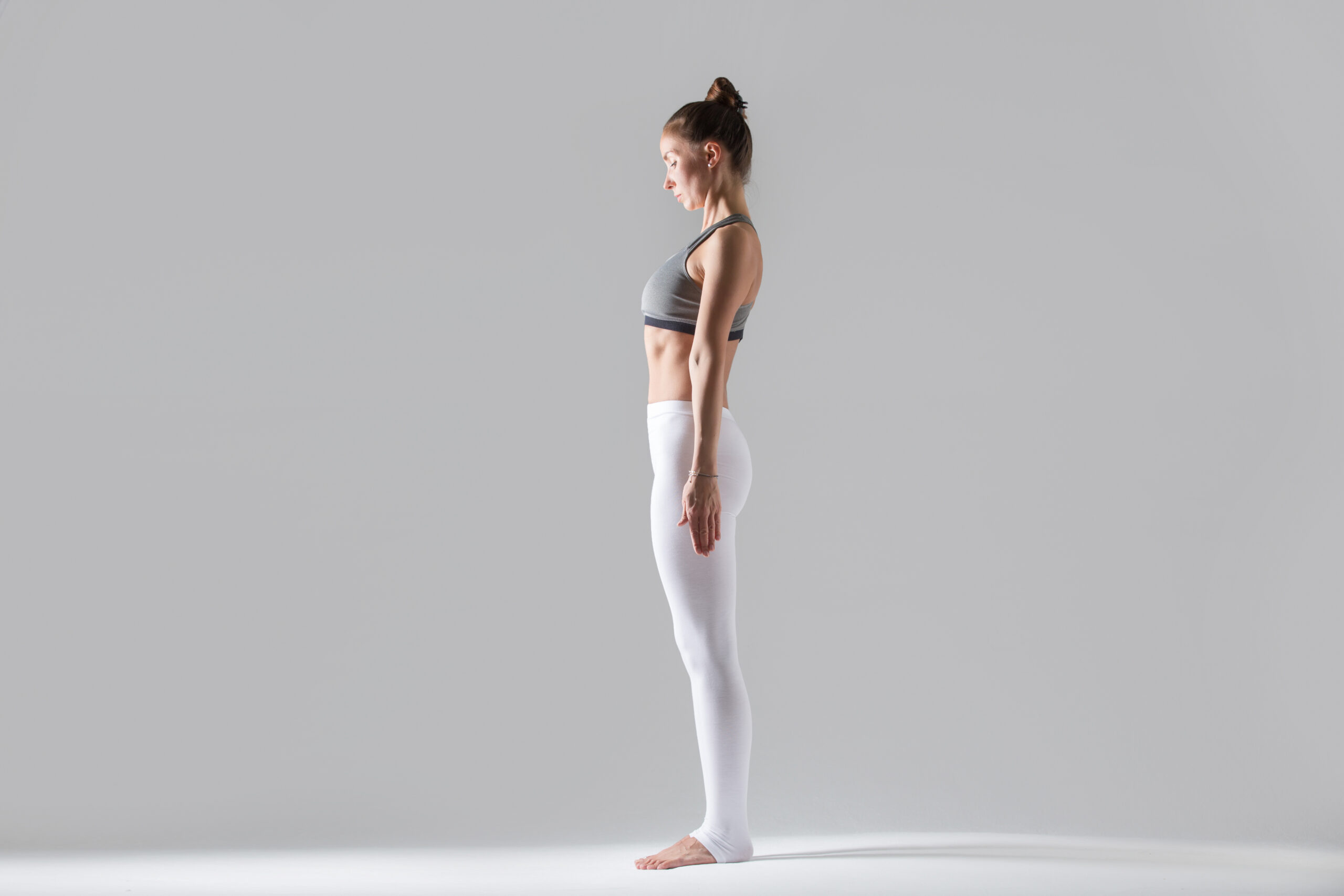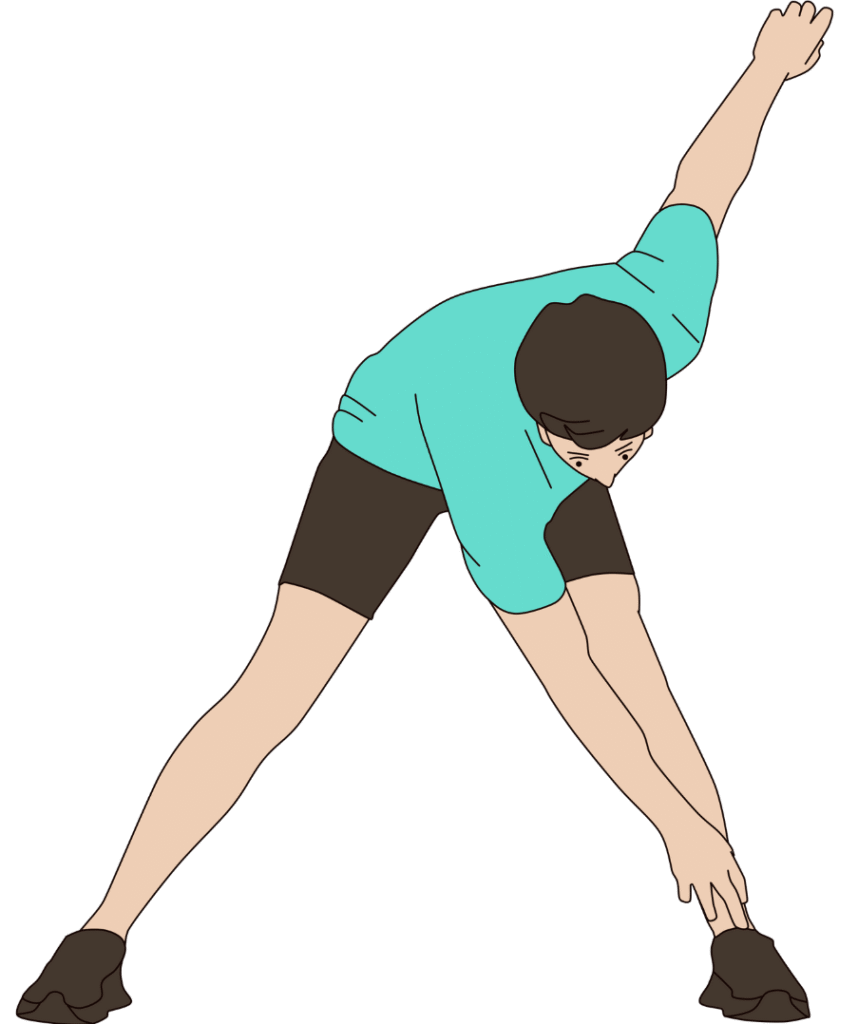Scientists have now confirmed that two of the simplest tests imaginable—a tape measure around your waist and the ability to stand up from a chair five times—can forecast how well you’ll age, leaving the entire world of high-priced medical diagnostics looking like a bad joke.
At a Glance
- Waist measurements and chair stand tests outperform BMI in predicting age-related decline
- The Longevity Check-up 8+ project followed more than 10,000 adults to confirm these findings
- Abnormal waist-to-height ratios linked to a 32% increased risk of poor physical performance
- Experts say these simple tests could reshape routine health screenings for aging adults
Medical “Innovation” Exposed: Simplicity Beats Out Big Healthcare
For decades, Americans have been told that fancy, expensive, and often intrusive medical tests were the gold standard for predicting health decline. Generations faithfully tracked their BMI, a metric that has become as American as apple pie and government waste. Yet, in a twist that will shock absolutely no one paying attention, new research proves that two dirt-cheap, common-sense measures—a simple waistline measurement and the time it takes to stand up from a chair five times—are better predictors of how well you’ll age. The Longevity Check-up 8+ project, an Italian study that followed over 10,000 adults, found that these straightforward tools outperformed BMI for forecasting frailty and physical decline.
5. Being able to do the sit and raise test
This test is well-supported by research as a predictor of longevity.
A study published in the European Journal of Preventive Cardiology found that the ability to sit and rise from the floor is a predictor of all-cause mortality pic.twitter.com/2DBomKoGwd
— Dan Go (@FitFounder) January 16, 2025
The project’s results are impossible for even the most credentialed “experts” to ignore. Adults with abnormal waist-to-height ratios had a 32% higher risk of failing the chair test, even when researchers accounted for age, sex, smoking, and other health factors. The chair stand test itself—a basic measure of lower body strength—has become a silent hero in geriatric medicine, now finally getting the spotlight. No MRIs, no bloodwork, no insurance denials: just a chair and a stopwatch. This is the kind of innovation the Founders would have appreciated—simple, effective, and immune to government overreach.
Why Waistlines and Chairs Matter More Than BMI: The Hard Numbers
Central obesity, measured by waist circumference, has long been a red flag for heart disease, diabetes, and early death. Yet, until now, the medical-industrial complex clung to BMI—a number that can’t even tell the difference between a linebacker and a couch potato. The Longevity Check-up 8+ project puts the final nail in BMI’s coffin, revealing that waist-to-height ratio is the superior predictor of aging outcomes. Participants with a larger waist relative to their height were far more likely to struggle with basic physical functions that signal the beginning of frailty. If you can’t get out of a chair five times in a row without stopping, that’s a more meaningful sign of trouble ahead than any BMI chart hanging in a doctor’s office. The implications are enormous: not just for health, but for how we spend our tax dollars and where we focus our public health campaigns. Instead of funneling billions into bureaucratic red tape and endless studies on studies, maybe it’s time to bring health back to basics—where it belongs.
Waist measurement and the chair test are not just more accurate; they are universally accessible. No one needs a prescription or a permission slip from a government agency to check their waist or stand up from a chair. This is the American way: tools that empower individuals, not faceless administrators or overpaid consultants. As the World Health Organization and peer-reviewed journals now confirm, the tide is turning toward measures that actually matter in real life, not just on paperwork.
The Coming Revolution in Health Screening—and Why It Matters for America’s Future
With an aging population and a healthcare system already strained by decades of mismanagement and overspending, simple, scalable solutions should be celebrated. The Longevity Check-up 8+ findings are already making waves. Healthcare providers are being encouraged to add waist measurement and the chair stand test to their routine screenings. Public health officials, desperate for ways to trim their ballooning budgets without sacrificing care, now have clear marching orders. This isn’t just a matter of personal wellness—it’s a battle for common sense in an era where “woke” bureaucrats have tried to regulate everything from the size of your soda to the words you use in public. Waistlines and chairs are hard to politicize, and that’s exactly why these measures are so valuable. They cut through the noise, giving power back to the people and stripping away the layers of nonsense that have accumulated around healthcare advice for years.








